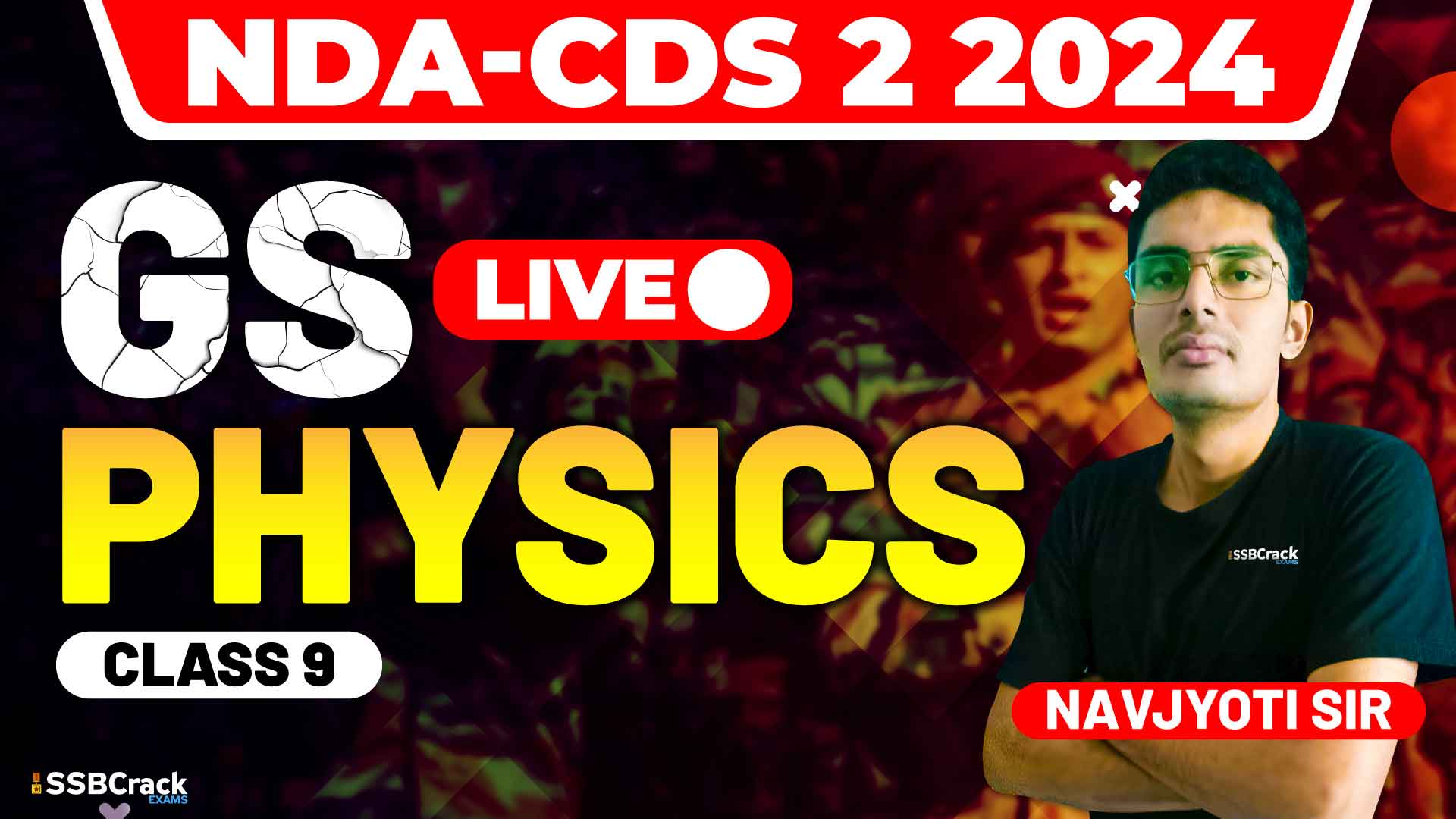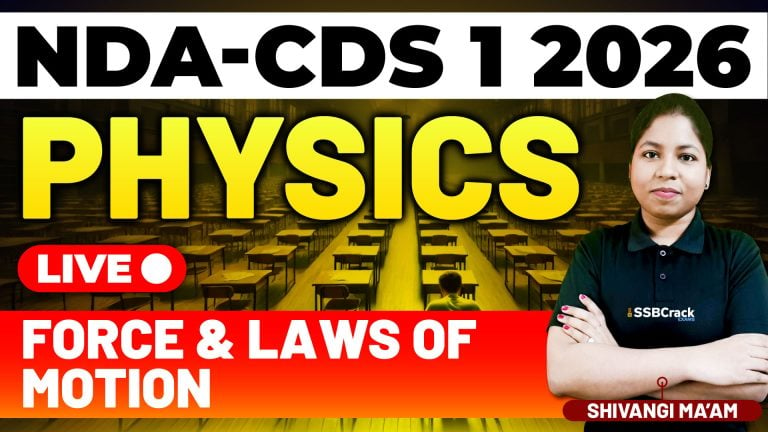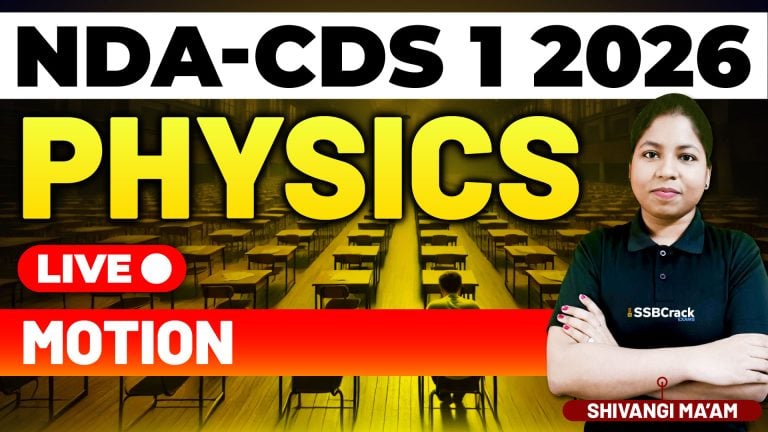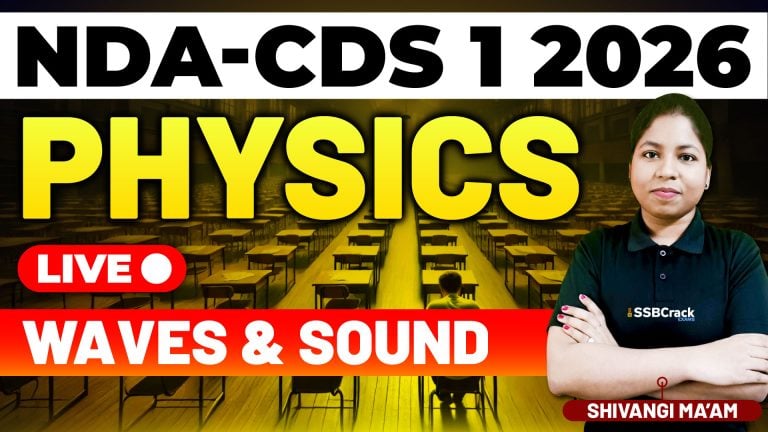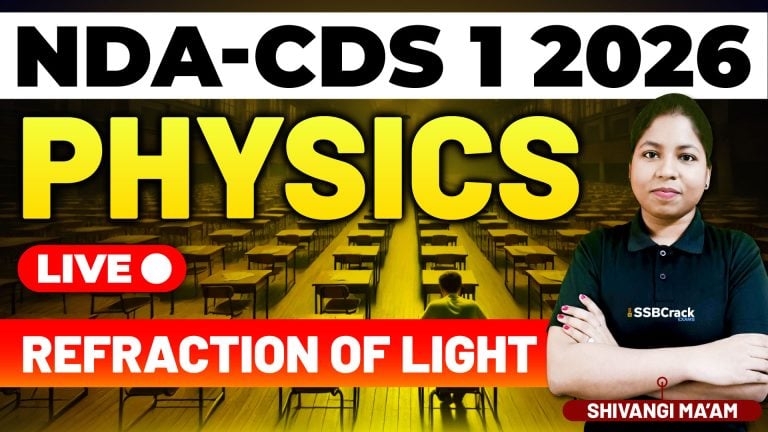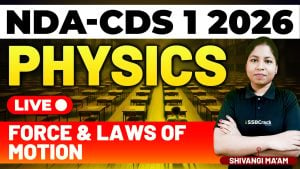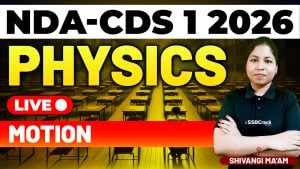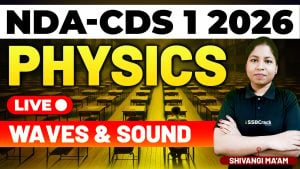Preparing for the NDA (National Defence Academy) and CDS (Combined Defence Services) exams requires a solid understanding of core physics concepts, including gravitation and fluid mechanics. These topics not only form the foundation of classical mechanics but also feature prominently in the exam syllabus. In this article, we will explore the essential sub-topics within gravitation and fluid mechanics, providing a comprehensive overview and practical strategies for tackling related MCQs effectively.
Newton’s Law of Gravitation
Newton’s Law of Gravitation is a fundamental principle that describes the attractive force between two masses. According to this law, every point mass attracts every other point mass with a force directly proportional to the product of their masses and inversely proportional to the square of the distance between their centers. This universal law explains the gravitational attraction that keeps planets in orbit and governs the motion of celestial bodies.
- The force of gravity acts along the line joining the centers of two masses.
- Gravitational force is always attractive.
- The gravitational constant (G) is a fundamental constant in this law.
Acceleration Due to Gravity
Acceleration due to gravity (g) is the acceleration experienced by an object due to the gravitational pull of the Earth. It varies slightly with altitude and geographical location but is generally approximated as 9.8 m/s² near the Earth’s surface.
- The value of g decreases with altitude and increases towards the poles.
- g is independent of the mass of the object experiencing the acceleration.
Kepler’s Laws
Kepler’s Laws describe the motion of planets around the Sun and are critical for understanding orbital mechanics. These laws are:
- Law of Orbits: All planets move in elliptical orbits with the Sun at one focus.
- Law of Areas: A line segment joining a planet and the Sun sweeps out equal areas during equal intervals of time.
- Law of Periods: The square of the orbital period of a planet is proportional to the cube of the semi-major axis of its orbit.
- Kepler’s Laws apply to any object in orbit, not just planets.
- These laws help in calculating orbital parameters and understanding satellite motion.
Time Period of a Pendulum
The time period of a simple pendulum is the time it takes to complete one full oscillation. It depends on the length of the pendulum and the acceleration due to gravity but is independent of the mass of the bob and the amplitude of oscillation (for small angles).
- The time period increases with the length of the pendulum.
- The time period is inversely proportional to the square root of g.
Pressure and Pascal’s Law
Pressure is defined as the force exerted per unit area. Pascal’s Law states that any change in pressure applied to a confined fluid is transmitted undiminished throughout the fluid.
- Pressure is a scalar quantity and is measured in Pascals (Pa).
- Pascal’s Law is the principle behind hydraulic systems.
Density and Specific Gravity
Density is the mass per unit volume of a substance. Specific gravity is the ratio of the density of a substance to the density of a reference substance (usually water for liquids and solids).
- Density helps determine whether an object will float or sink in a fluid.
- Specific gravity is a dimensionless quantity.
Buoyancy and Archimedes’ Principle
Buoyancy is the upward force exerted by a fluid on an immersed object. Archimedes’ Principle states that the buoyant force on an object is equal to the weight of the fluid displaced by the object.
- An object will float if its density is less than the fluid’s density.
- Archimedes’ Principle is used to determine the volume and density of irregular objects.
Strategies for Solving MCQs on Gravitation and Fluid Mechanics
- Understand the Basics:
- Ensure you have a clear understanding of fundamental concepts and principles.
- Focus on definitions, units, and dimensional analysis.
Practice Problem-Solving:
- Work through a variety of problems to familiarize yourself with different question types.
- Practice calculating values and interpreting results.
Use Elimination Techniques:
- In multiple-choice questions, eliminate obviously incorrect options to narrow down the choices.
- Look for units and dimensional consistency to identify correct answers.
Review Key Formulas:
- While this blog avoids formulas, make sure to memorize key equations and understand their applications.
- Practice applying these formulas in different contexts.
Time Management:
- Allocate time efficiently during the exam. Don’t spend too long on any single question.
- Mark difficult questions and return to them if time permits.
Stay Updated on Exam Patterns:
- Review past exam papers to understand the pattern and frequently asked questions.
- Focus on high-yield topics that are commonly tested.
Conclusion
Mastering the topics of gravitation and fluid mechanics is crucial for success in the NDA and CDS exams. By understanding the core principles, practicing problem-solving, and employing effective exam strategies, you can enhance your preparation and improve your performance. Remember, consistent practice and a clear grasp of fundamental concepts are the keys to excelling in these competitive exams. Good luck!
